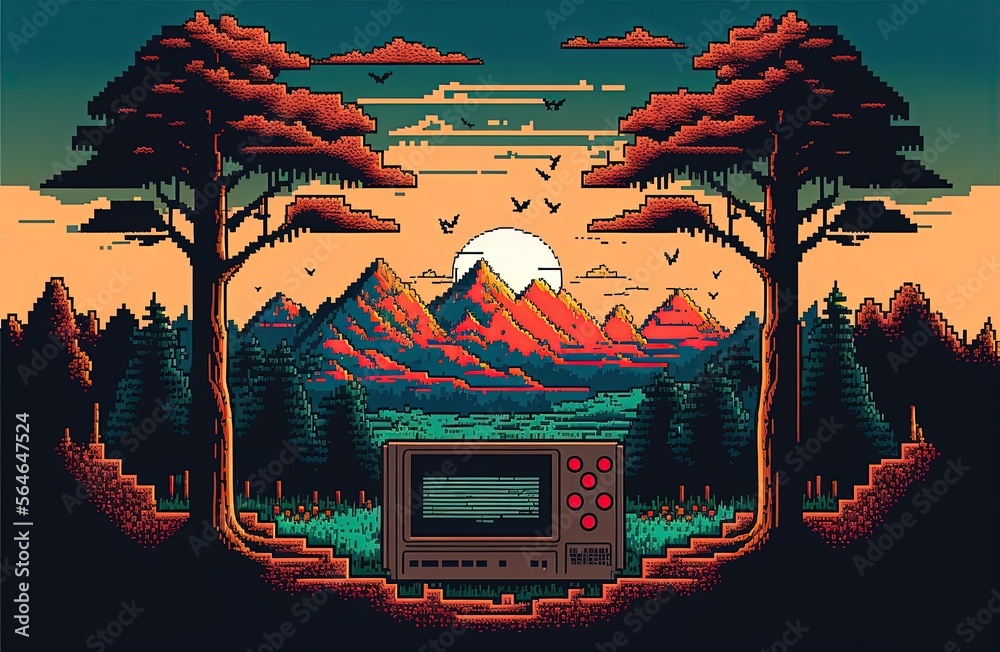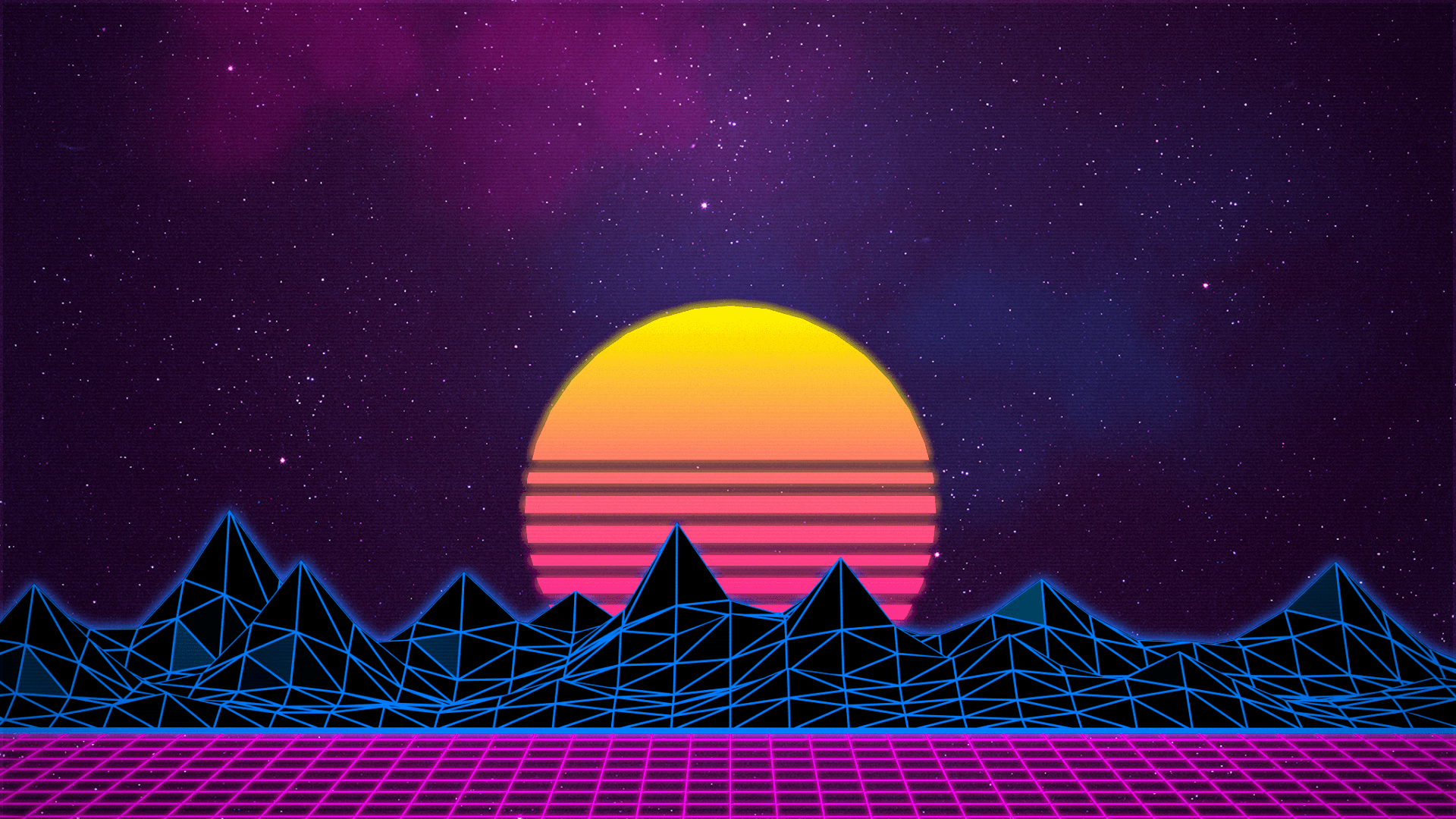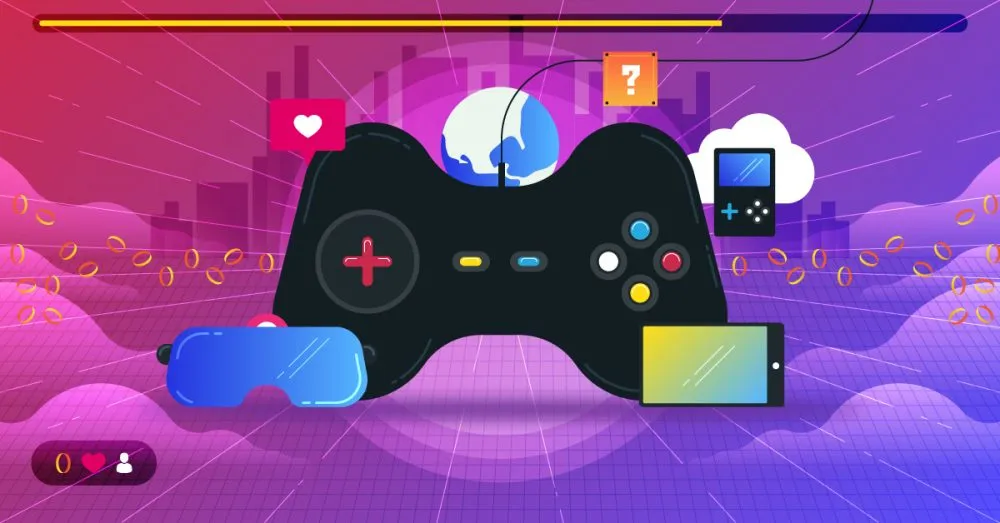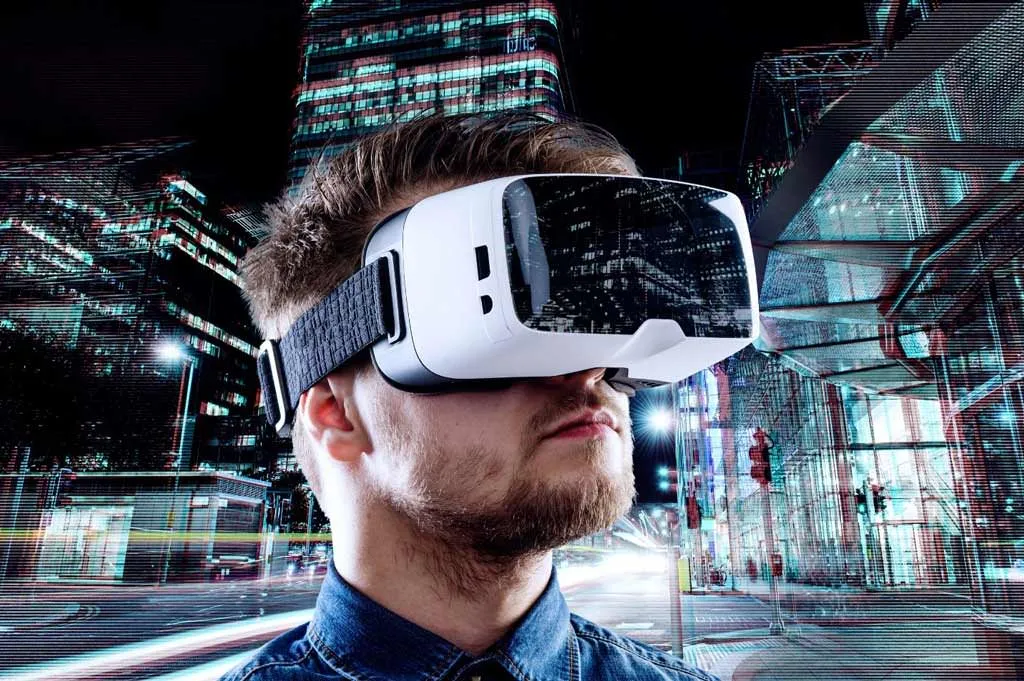Introduction
The world of video games has undergone a breathtaking transformation since the days of 8-bit graphics. What started as simple pixelated characters and monochrome backgrounds has blossomed into stunningly realistic visuals that push the boundaries of technology. Today, gamers are treated to experiences that blur the line between reality and imagination, with immersive environments rendered in dazzling 4K resolution.
Join us on a journey through time as we explore this graphic revolution in gaming—from those nostalgia-inducing pixel art styles to cutting-edge high-definition graphics that captivate our senses. Whether you’re an old-school gamer or someone who enjoys the latest advancements, understanding this evolution adds depth to your appreciation for video games. Let’s dive into how we got here and what lies ahead!
The Evolution of Graphics in Video Games
The journey of video game graphics is a fascinating tale. It all began in the late 1970s with simplistic, blocky pixels. Games like “Pong” and “Space Invaders” set the stage for what was to come.
As technology advanced, so did the artistry behind games. The introduction of 8-bit consoles in the early ’80s marked a turning point. Players were captivated by colorful sprites and catchy chiptunes.
By the ’90s, 16-bit systems emerged, showcasing richer visuals and deeper narratives. Titles like “Sonic the Hedgehog” mesmerized audiences with their vibrant art styles.
Then came 3D graphics—a leap into new dimensions. With polygons taking center stage, immersive worlds became possible. Games transformed from simple experiences to expansive adventures that players could lose themselves in.
Each era brought innovations that shaped how developers approached visual storytelling, laying groundwork for future advancements across gaming platforms.
From Pixels to Polygons: The 3D Revolution
The transition from 2D pixels to stunning polygons marked a pivotal moment in gaming history. As technology advanced, developers began experimenting with three-dimensional graphics, allowing for deeper immersion and more realistic environments.
Early titles like “Wolfenstein 3D” showcased this shift, breaking the flat boundaries of their predecessors. Suddenly, gamers could navigate through intricate worlds filled with depth and detail. This was just the beginning.
The introduction of consoles like the PlayStation pushed this revolution further. With powerful processors capable of rendering complex models and textures, games became richer and more engaging. Characters took on volume and form rather than remaining mere sprites.

This newfound dimensionality opened doors for creative storytelling as well. Developers embraced the potential for cinematic experiences within gameplay, creating narratives that felt alive within these expansive digital landscapes. Gaming had transformed into an art form where both visuals and stories intertwined seamlessly.
HD and Beyond: The Rise of High Definition Graphics
The transition to high-definition graphics marked a monumental shift in the gaming landscape. With the launch of consoles like the PlayStation 3 and Xbox 360, gamers experienced visuals that were richer and more vibrant than ever before.
This era introduced us to stunning textures, lifelike character models, and expansive environments teeming with detail. Developers began to push boundaries, creating worlds brimming with realism.
High definition wasn’t just about sharpness; it redefined storytelling in games. Cinematic cutscenes became an integral part of gameplay, drawing players deeper into immersive narratives.
Online platforms also flourished during this time. Players could now share their experiences in stunning detail through streaming services and social media.
As HD graphics set new standards for quality, they laid the groundwork for future advancements that would take gaming visuals even further. The expectation shifted; players craved not just better graphics but unprecedented levels of immersion.
Next-Gen Consoles and the Push for 4K Gaming
Next-gen consoles have taken the gaming world by storm, pushing boundaries and setting new standards. The race for 4K gaming has ignited an unprecedented level of excitement among gamers.
These powerful machines are built to handle stunning graphics and deliver immersive experiences. With resolutions that offer four times the detail of standard HD, every pixel matters.
Titles designed specifically for these consoles showcase breathtaking landscapes and lifelike characters, immersing players in rich worlds like never before. Lighting effects, textures, and animations reach levels previously thought impossible.
Additionally, developers are leveraging advanced hardware capabilities to enhance gameplay mechanics alongside visuals. It’s not just about looking good; it’s about feeling more connected to the game itself.
As technology continues to advance rapidly, we can expect even greater innovations in both performance and graphical fidelity in the coming years.
The Impact of Advanced Graphics on Game Design and Development
Advanced graphics have transformed the landscape of game design and development. With stunning visuals, developers can create immersive worlds that captivate players.
High-resolution textures and intricate details allow artists to express their creativity like never before. Environments feel real, pulling gamers deeper into the story.
This shift also influences gameplay mechanics. Photorealistic rendering enables new ideas in interaction and storytelling. Developers often experiment with lighting effects to enhance mood or convey emotions.
Moreover, advanced graphics technologies drive collaboration among teams. Artists, programmers, and designers must work closely together to achieve a cohesive vision. This synergy pushes boundaries in both art style and technical execution.
As players demand more visually striking experiences, studios are compelled to innovate continuously. The challenge lies not only in creating beautiful images but also in maintaining performance across various platforms.
Each advancement sets higher expectations for future projects, redefining what gamers anticipate from their experiences.
Virtual Reality and the Future of Gaming Graphics
Virtual reality is redefining the landscape of gaming graphics. It immerses players in rich, three-dimensional worlds that feel almost tangible. This level of engagement comes with its own set of challenges for developers.
Creating lifelike environments requires advanced rendering techniques and powerful hardware. As a result, the demand for high fidelity graphics continues to grow exponentially.
New technologies like ray tracing bring an unprecedented realism to light and shadows within these virtual spaces. Players can experience nuanced details that elevate storytelling and gameplay.

Moreover, VR encourages innovation in design methodologies. Developers are exploring new ways to enhance interactivity through intuitive controls and immersive soundscapes.
As this technology matures, we can expect even more breathtaking visuals that push beyond current limitations. The future looks bright as virtual reality reshapes our perception of what gaming graphics can achieve.
Frequently Asked Questions
As the graphic revolution continues to shape the landscape of video games, many gamers and enthusiasts have questions about its trajectory. Here are some common queries regarding this fascinating evolution.
What is meant by “From 8-Bit to 4K”?
The phrase encapsulates the massive leap in graphical fidelity from early gaming systems that used simple 8-bit graphics to modern consoles capable of rendering stunning 4K visuals. This shift highlights not just improved resolution but also richer colors, more detailed textures, and intricate animations.
How has technology influenced game design?
Advancements in graphics technology allow developers to create more immersive environments. Detailed character models and realistic physics enhance storytelling possibilities while providing players with a deeper emotional connection to their gameplay experience.
Why is 4K so significant for gaming?
4K resolution offers four times as many pixels as standard Full HD (1080p). This increased clarity provides sharper images and finer details that draw players into expansive worlds like never before. It’s particularly impactful for open-world games where scenery plays an essential role in engagement.
Will virtual reality become mainstream in video gaming?
While VR has made strides in recent years, factors such as cost, accessibility, and comfort still play critical roles. As technology improves—and with it user experiences—VR could very well carve out a larger niche within the industry.
Are older games being remade with advanced graphics?
Yes! Many classic titles are being reimagined using cutting-edge technologies. These remakes often feature enhanced visuals alongside updated gameplay mechanics, appealing both to nostalgic fans and new audiences alike.
With these developments unfolding rapidly, it’s evident that the graphic revolution will keep pushing boundaries—making gaming even more captivating than ever before.











